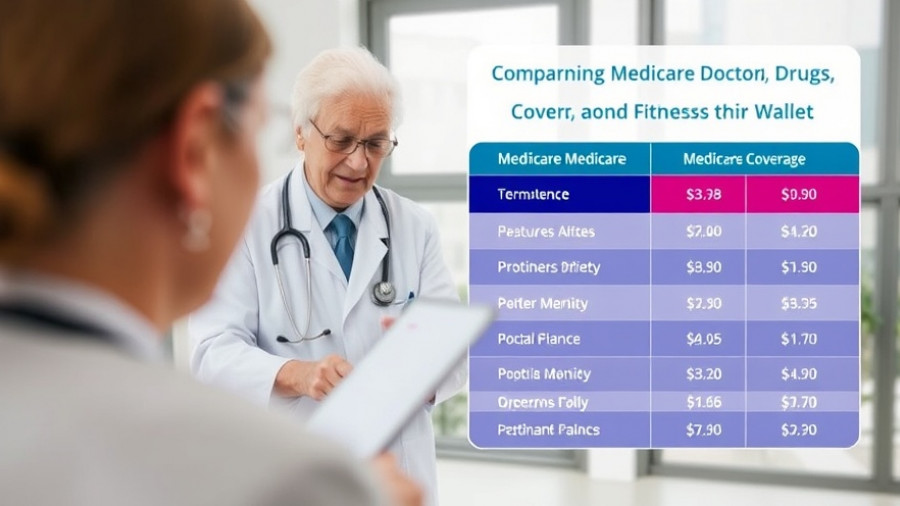
Understanding Gabapentin's Role in Post-Stroke Pain Management
After a stroke, many patients experience significant pain that can severely affect their recovery and quality of life. Gabapentin, a drug traditionally used for seizures and nerve pain, is increasingly being prescribed to manage this pain. However, a recent study raises crucial questions about the long-term effects and safety of gabapentin, especially for older adults who may already be taking multiple medications.
The Numbers Behind Gabapentin Prescriptions
A study analyzing Medicare claims revealed that more than half of seniors who were prescribed gabapentin after an ischemic stroke continued to take it for at least a year. Specifically, 51.6% maintained high coverage for gabapentin over 12 months, demonstrating a prevalent reliance on this medication despite its off-label use for post-stroke pain. While gabapentin can provide relief, the potential risks, particularly concerning cognition and respiratory health, are highlighted by experts.
Risks Associated with Gabapentin Use
Research consistently shows side effects associated with gabapentin, such as dizziness, drowsiness, and coordinated movement difficulties. Alarmingly, the FDA warned that older adults using gabapentin may face serious respiratory issues, particularly if they are on other medications that depress the central nervous system. As the population ages, the need to reassess the safety of gabapentin prescriptions becomes more urgent.
Calls for Clear Prescription Guidelines
The need for well-defined guidelines for gabapentin use in post-stroke care is echoed by researchers. Many feel that the current lack of strong evidence regarding the medication’s long-term effectiveness and safety among older patients requires immediate attention. Recommendations for future studies that examine the precise impacts of gabapentin, especially related to cognitive decline and dementia, are becoming increasingly necessary.
A Broader Context: Comparing Pain Management Options
Gabapentin is not the only option available for managing post-stroke pain. Alternative treatments, including physical therapy, other medications, or holistic approaches, have emerged as necessary considerations. For example, recent studies have indicated that lighter prescriptions or even non-pharmaceutical interventions might be equally effective without the associated risks of cognitive impairment and other side effects linked to gabapentin.
Future Directions and Patient Considerations
As the medical community continues to explore better practices in post-stroke pain management, it becomes essential for patients and caregivers to engage in discussions with healthcare providers regarding their treatment options. Awareness of the potential risks and benefits of gabapentin and any alternative therapies should guide decision-making processes. The conversation about medication safety and effectiveness is vital in ensuring a balanced approach to recovery.
In conclusion, while gabapentin may offer some relief for post-stroke pain, the recent findings emphasize the importance of thorough evaluation, ongoing research, and clear guidelines to mitigate potential risks, particularly for older adults facing the complexities of post-stroke recovery.
 Add Row
Add Row 

 Add
Add 


Write A Comment